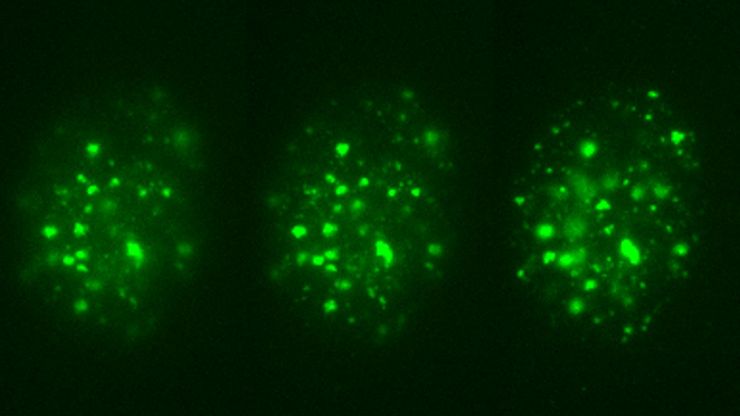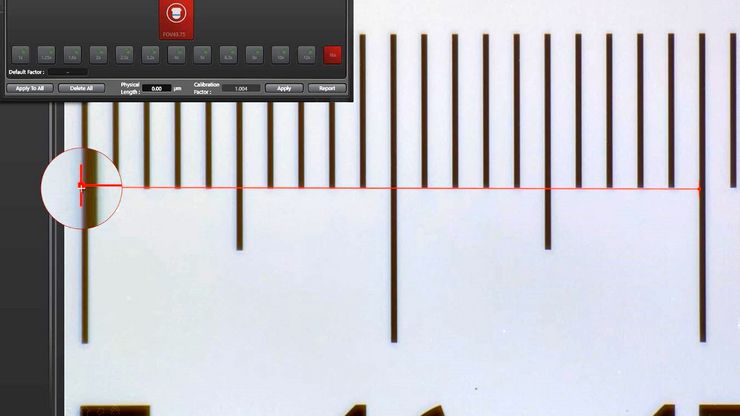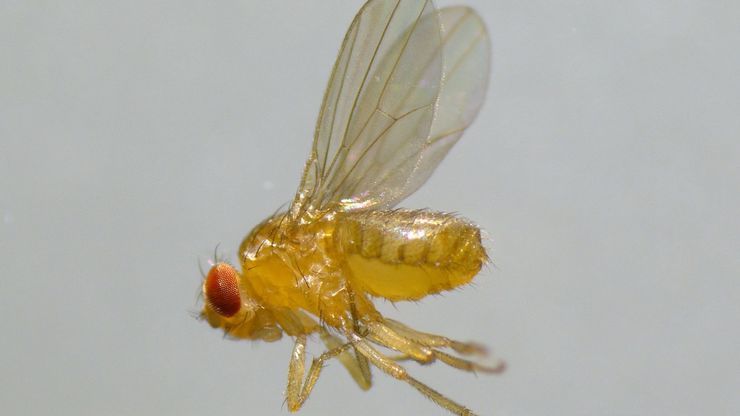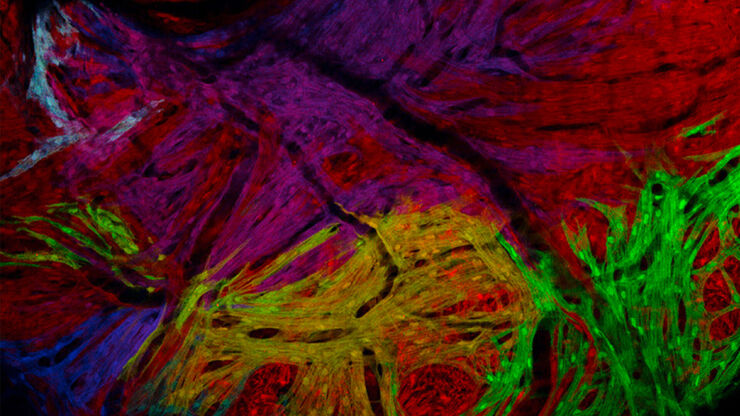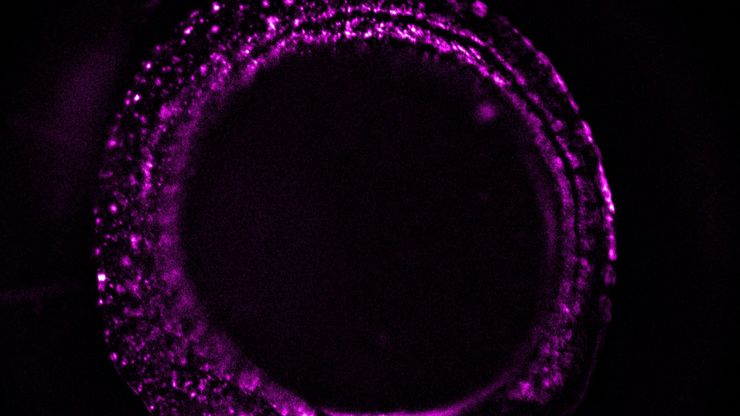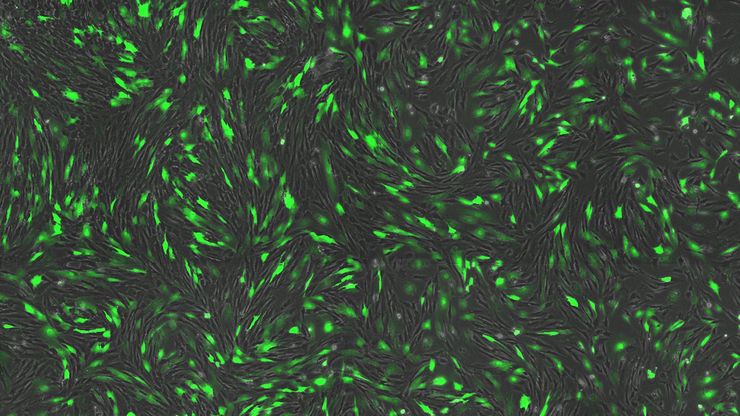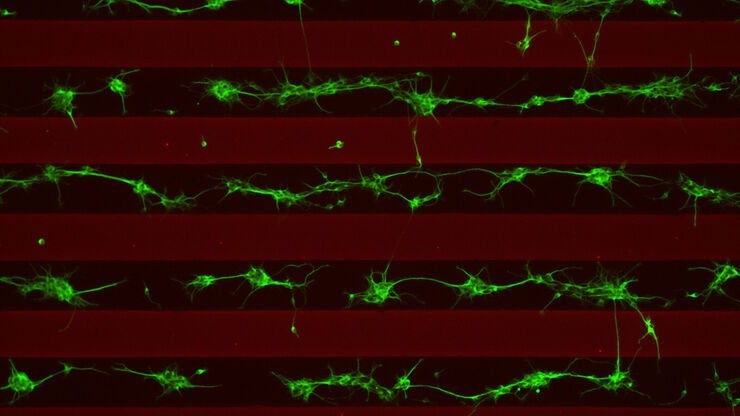罕见疾病 CRISPR 疗法的开发与风险解除
Fyodor Urnov博士和Sadik Kassim博士最初是在ASGCT 2025会议上作这一按需演讲的,演讲的重点是遗传医学中的一个关键挑战:如何将CRISPR疗法从单一疾病解决方案扩展到平台方法,特别是针对罕见的儿科遗传疾病。Urnov 博士展示了由 Matthew Kan 博士领导的创新基因组研究所的工作,这是 IGI-Danaher Beacon for CRISPR Cures…
显微镜测量校准:为什么要校准以及如何校准
显微镜校准可确保用于检测、质量控制 (QC)、故障分析和研发 (R&D) 的测量结果准确一致。本文介绍了校准步骤。使用参照物进行校准可获得可重复的结果,并有助于确保与准则和标准一致。为获得准确一致的结果,建议校准显微镜并定期检查。如有需要,可向校准专家寻求支持。
Drosophila(果蝇)研究显微镜使用指南
一个多世纪以来,果蝇(典型的黑腹果蝇)一直被用作模式生物。原因之一是果蝇与人类共享许多与疾病相关的基因。果蝇经常被用于发育生物学、遗传学和神经科学的研究。果蝇的优点包括易于饲养且成本低廉、繁殖速度快、基因组完全测序以及可获得各种基因品系。使用徕卡显微镜可以进行高效的果蝇研究。
神经科学研究指南
神经科学通常需要研究具有挑战性的样本,以便更好地了解神经系统和疾病。徕卡显微镜可帮助神经科学家深入了解神经元的功能。
斑马鱼研究指南
在斑马鱼研究过程中,尤其是在筛选、分类、处理和成像过程中,要想获得最佳结果,看到精细的细节和结构非常重要。他们帮助研究人员为下一步做出正确的决定。徕卡体视显微镜以出色的光学性能和分辨率著称,配备透射光基底和荧光照明,为斑马鱼成像提供了合适的解决方案。高分辨率、色彩保真度和最佳对比度使研究人员能够做出具有洞察力的决策。
Improving Zebrafish-Embryo Screening with Fast, High-Contrast Imaging
Discover from this article how screening of transgenic zebrafish embryos is boosted with high-speed, high-contrast imaging using the DM6 B microscope, ensuring accurate targeting for developmental…
利用新型可扩展的干细胞培养设计未来
具有远见卓识的生物技术初创企业 Uncommon Bio 正在应对世界上最大的健康挑战之一:食品可持续性。在这次网络研讨会上,干细胞科学家塞缪尔-伊斯特(Samuel East)将展示他们如何使细胞农业的干细胞培养基既安全又经济可行。了解他们如何将培养基成本降低 1000 倍,并开发出不含动物成分、食品安全的 iPSC 培养基。
如何形成清晰的图像
在显微镜检查中,景深常被看做经验参数。在实际操作中,会根据数值孔径、分辨率和放大率之间的相关性确定该参数。为了获得最佳视觉效果,现代显微镜的调节设备在景深和分辨率之间实现了最佳平衡,这两个参数在理论上呈负相关。
揭示神经元迁移的分子奥秘
研究发育中大脑神经元向生态位迁移可采用多种方法。在本场研讨会中,牛津大学的专家们将展示他们用于阐明神经发育期间神经元向皮层功能层迁移的分子机制的显微技术与实验方法。理解这些过程将有助于更深入地认识健康大脑的发育机制,并可能为神经发育障碍提供更优治疗方案。

